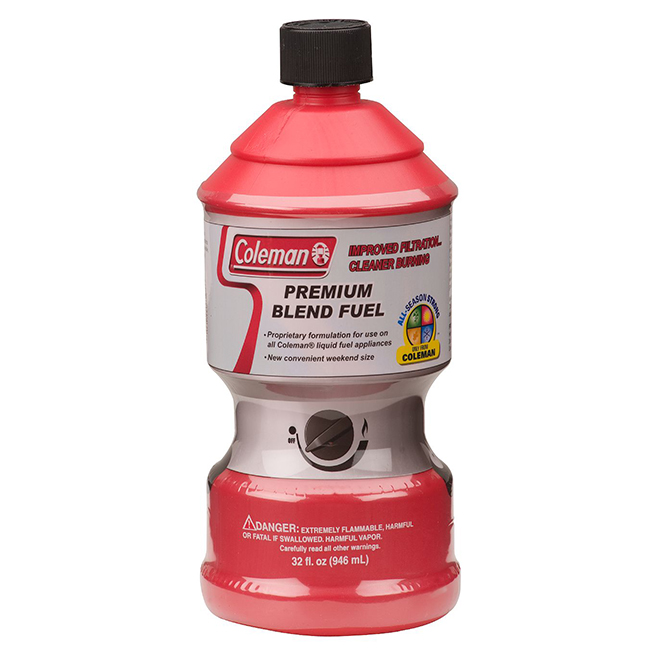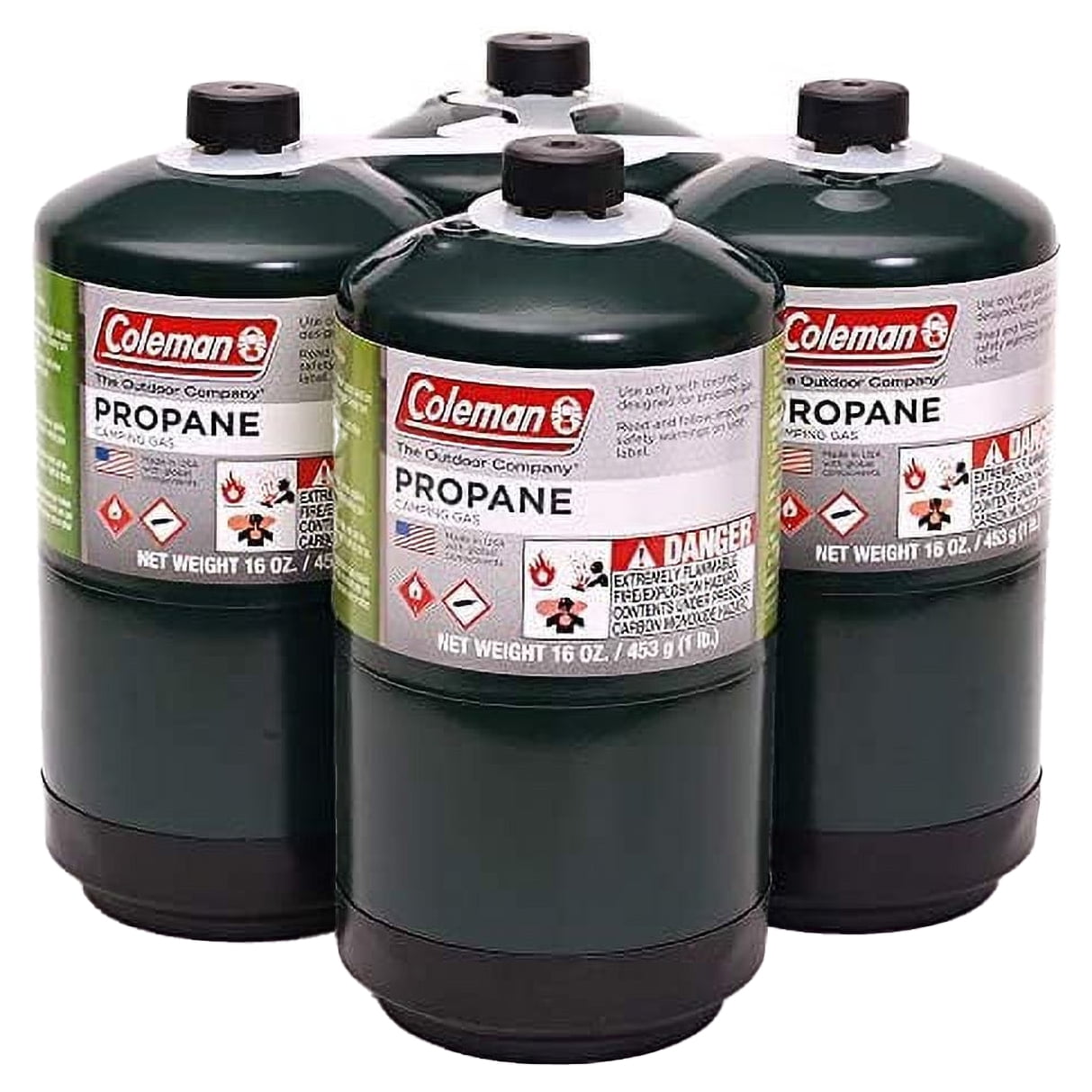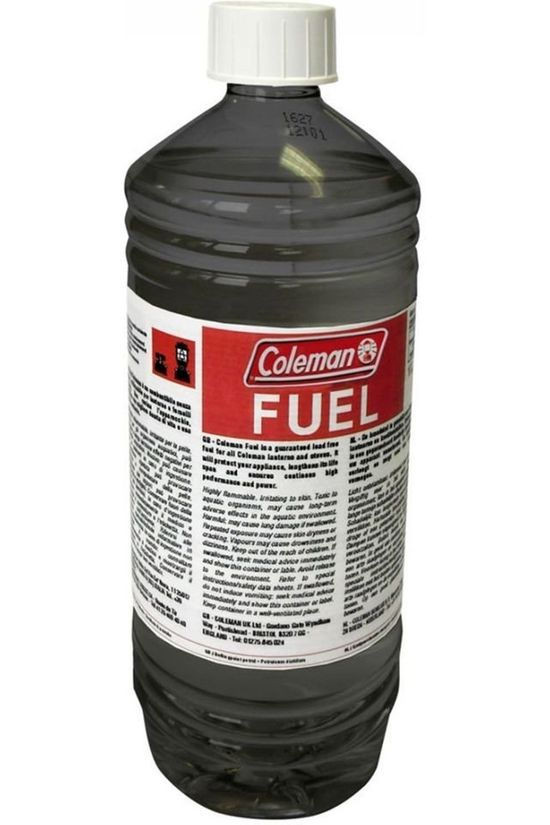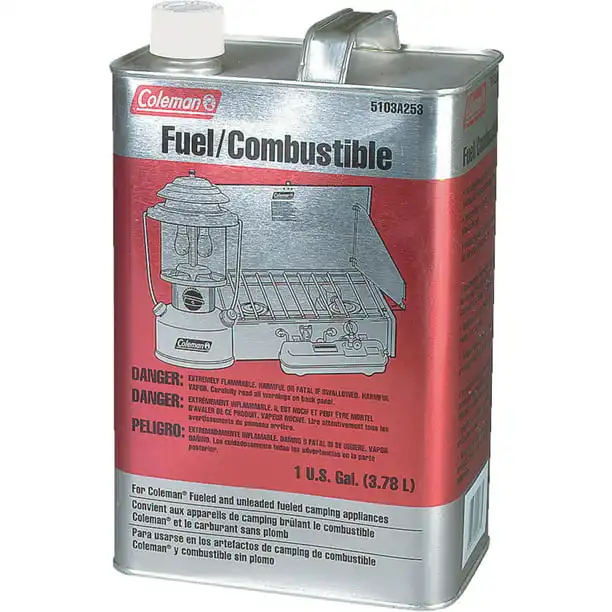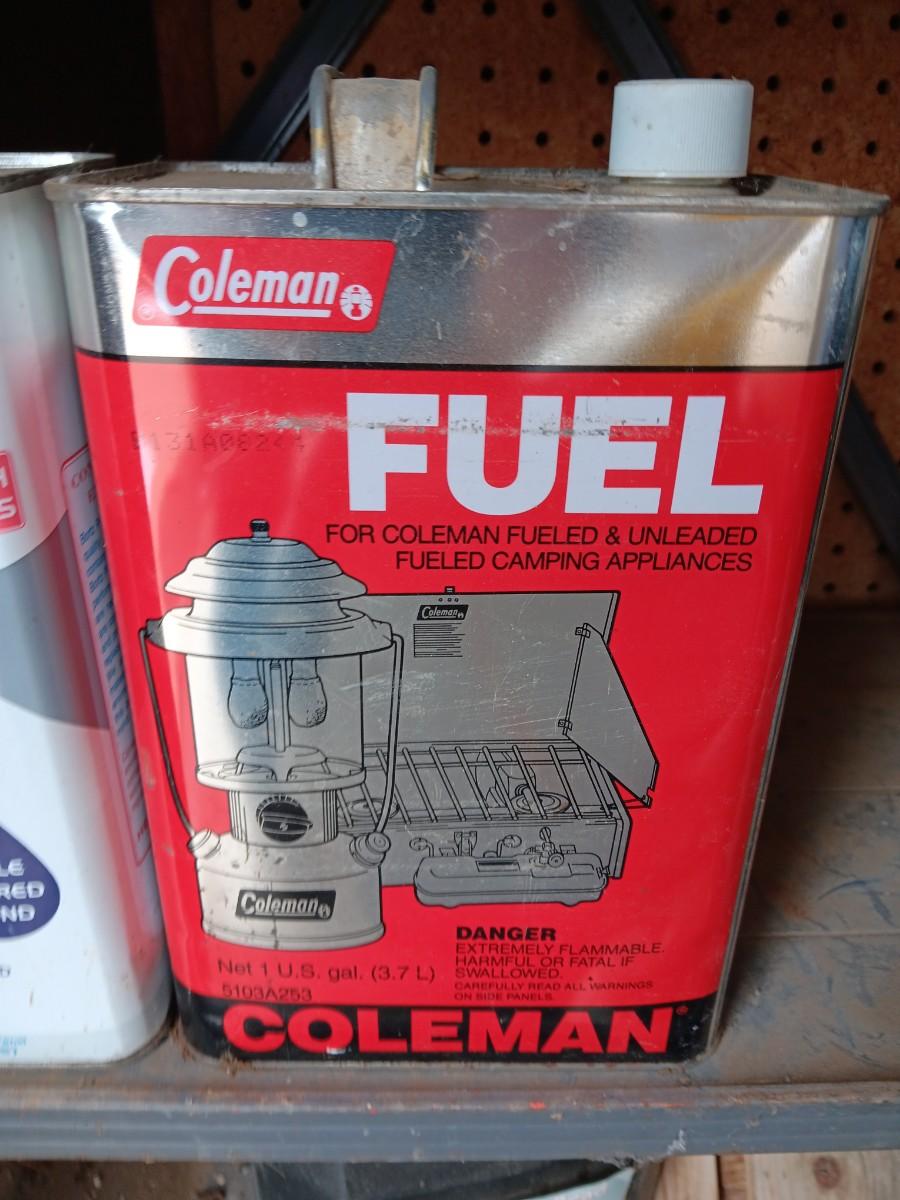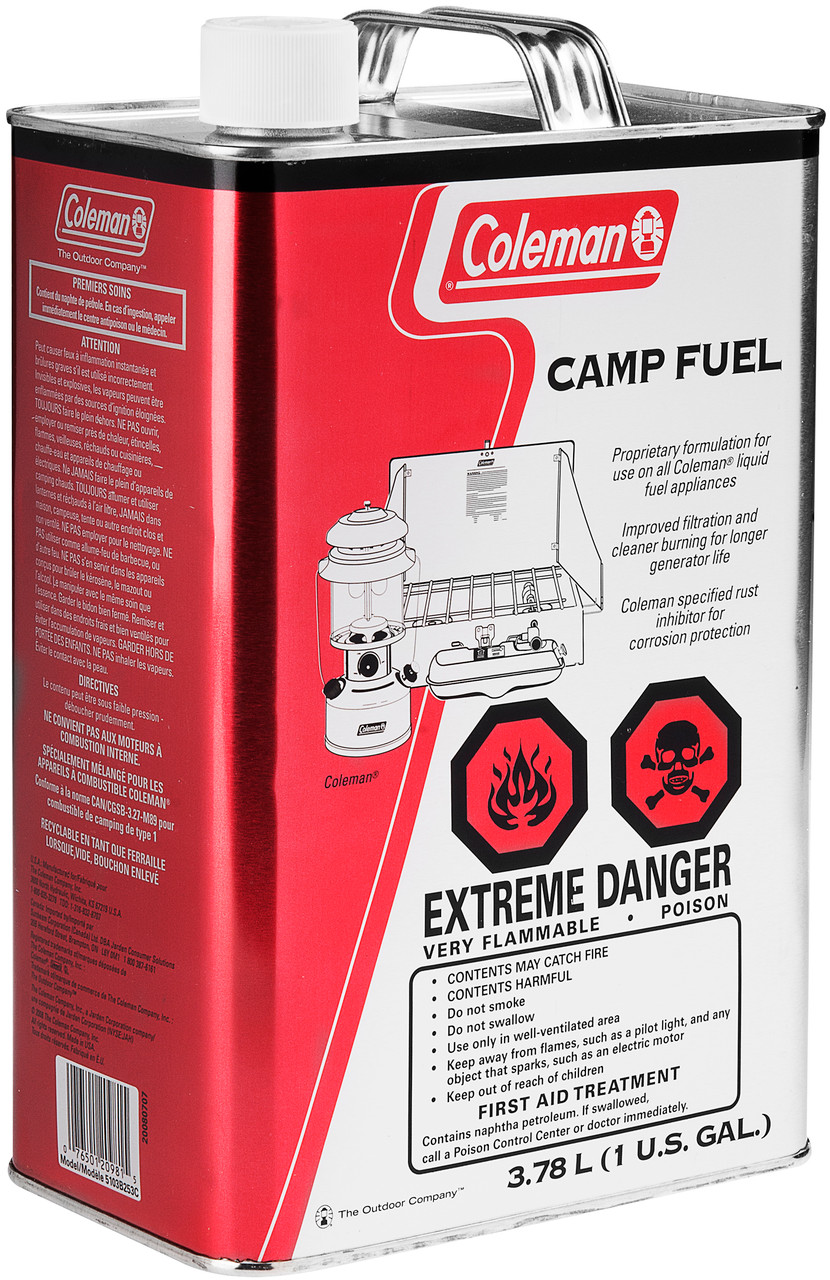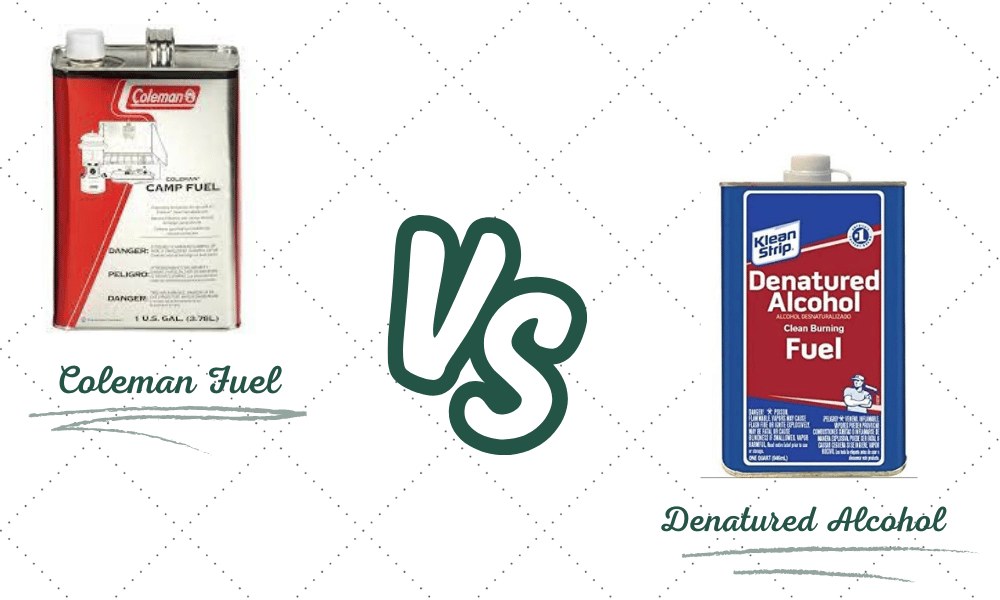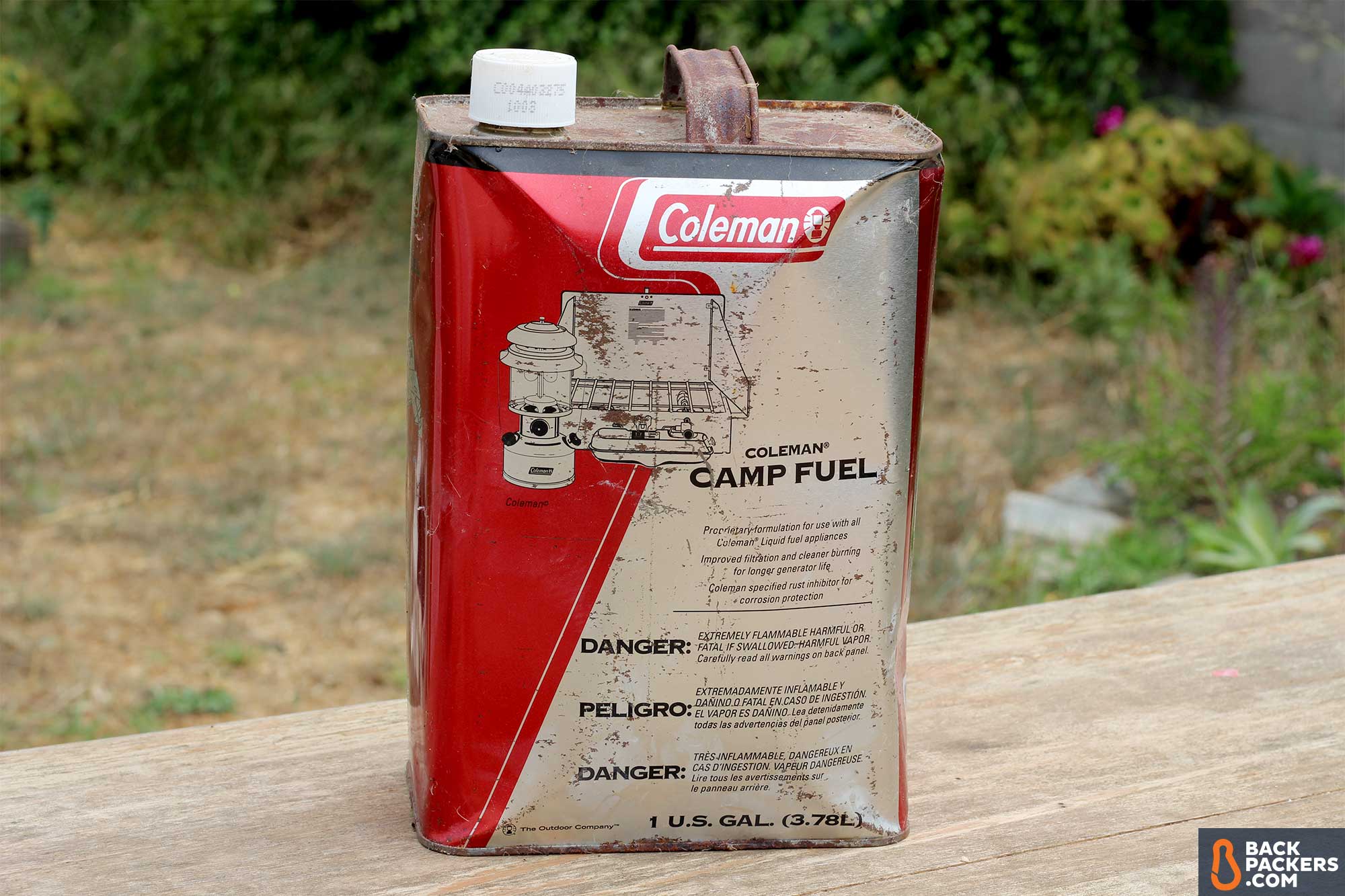What Is Coleman Fuel Made Of
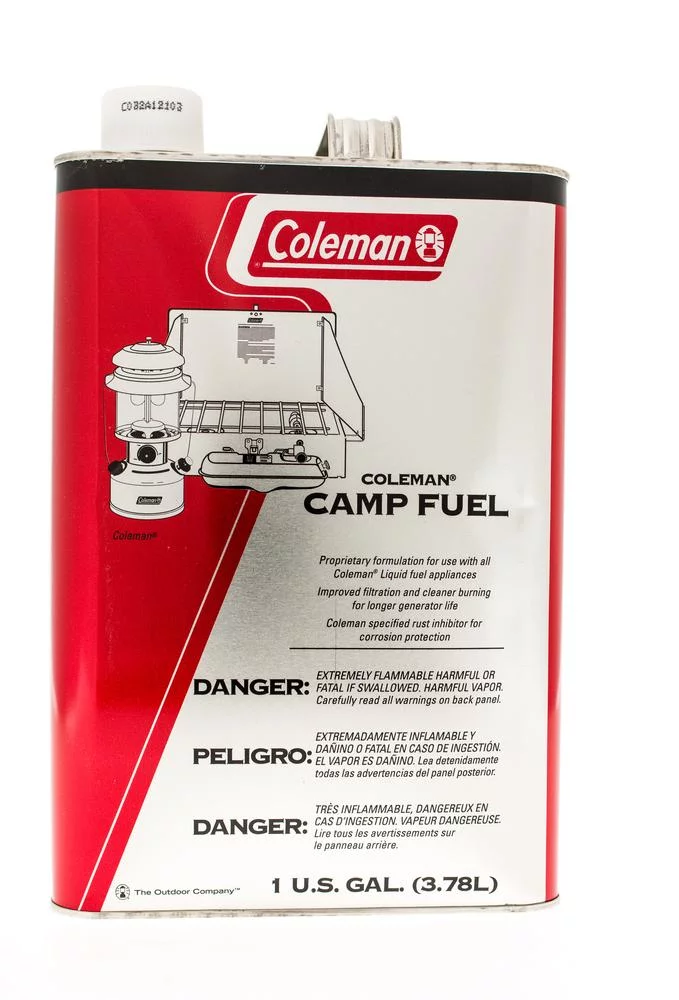
A fuel relied upon by generations for camping and emergencies is shrouded in mystery. What exactly is Coleman Fuel, and why is knowing its composition crucial?
This article breaks down the precise makeup of this ubiquitous liquid, cutting through the myths and misinformation. We reveal its components, manufacturing process, and why understanding its nature is vital for safe use and storage.
What's Really Inside That Red Can?
Coleman Fuel isn't a single, refined chemical. It's a blend, a carefully calibrated mixture designed for optimal combustion in specific appliances. Understanding this blend is the key.
The primary ingredient is naphtha, a volatile and flammable hydrocarbon mixture. Naphtha is derived from petroleum refining processes, making it a close relative of gasoline and kerosene.
Specifically, it falls into the category of *light aliphatic solvent naphtha*. This means it consists mainly of straight-chain or branched-chain alkanes and cycloalkanes.
The Role of Additives
While naphtha forms the bulk of Coleman Fuel, small amounts of other hydrocarbons are also present. These include benzene, toluene, ethylbenzene, and xylenes (BTEX).
These additives influence the fuel's burning characteristics, stability, and overall performance. Their presence, however, also impacts its safety profile and environmental considerations.
Manufacturers keep the exact percentages proprietary, but Material Safety Data Sheets (MSDS) provide ranges. These documents are crucial for understanding the potential hazards.
From Refinery to Red Can: The Manufacturing Process
The journey of Coleman Fuel begins in oil refineries. Crude oil is fractionally distilled to separate different hydrocarbon components.
The naphtha fraction is then collected and further refined to meet specific purity standards. This ensures consistent performance in Coleman stoves and lanterns.
After refining, the naphtha is blended with the aforementioned additives in precise proportions. Quality control testing is crucial to guarantee consistency and safety.
Why the Specific Blend Matters
Coleman Fuel's composition is carefully engineered for several reasons. The specific blend allows for clean and efficient combustion in unpressurized or minimally pressurized appliances.
The formulation is also designed to minimize soot and residue buildup, extending the lifespan of equipment. This is a critical factor for reliable outdoor use.
Unlike gasoline, Coleman Fuel contains no octane boosters or detergents. This absence contributes to its longer shelf life and suitability for long-term storage.
Safety First: Handling and Storage Imperatives
Given its volatile nature, handling Coleman Fuel requires strict adherence to safety protocols. Always use in well-ventilated areas to avoid inhaling fumes.
Store in a cool, dry place away from heat sources and open flames. The original red can is designed for safe storage, but proper sealing is essential.
Never substitute gasoline or other fuels for Coleman Fuel in Coleman appliances. Doing so can result in dangerous flare-ups, explosions, or equipment damage.
Environmental Considerations
Coleman Fuel is a petroleum-based product, and its use contributes to greenhouse gas emissions. Proper disposal of empty containers is crucial.
Spills should be cleaned up immediately with absorbent materials. Avoid allowing fuel to enter waterways or soil.
Consider exploring alternative fuel options for camping and outdoor activities. These include propane, butane, and alcohol-based fuels, which may have lower environmental impacts.
Looking Ahead: Research and Development
Ongoing research focuses on developing more sustainable and environmentally friendly alternatives to Coleman Fuel. Bio-based naphthas are showing promise.
These alternatives are derived from renewable sources, such as plant biomass. They offer the potential to reduce reliance on fossil fuels.
In the meantime, understanding the precise composition and handling requirements of Coleman Fuel remains paramount. Prioritizing safety and responsible use is essential for both personal well-being and environmental protection.
Consumers are encouraged to consult the latest MSDS for the most up-to-date safety information. This document provides detailed information on hazards, handling, and emergency procedures.

